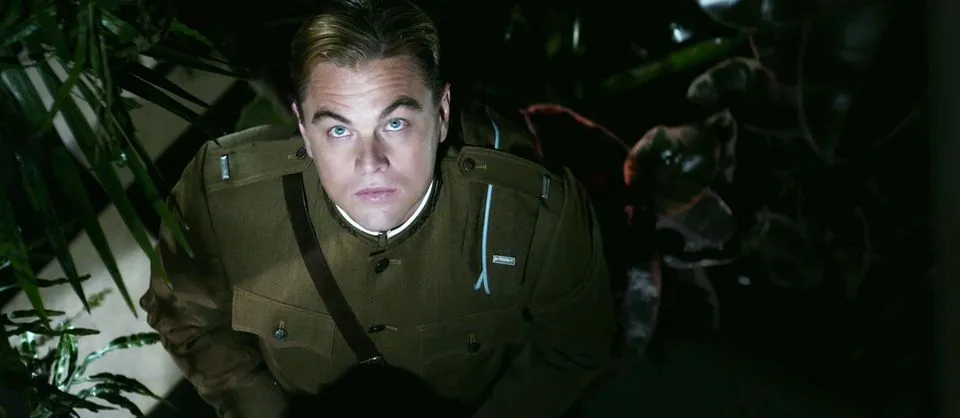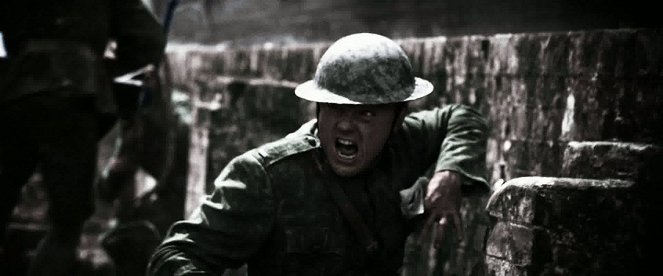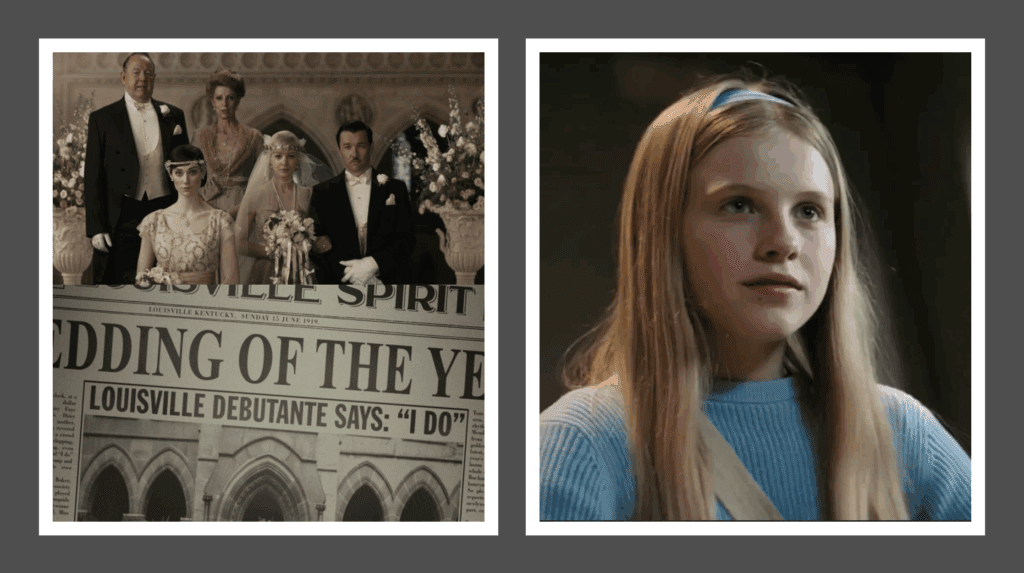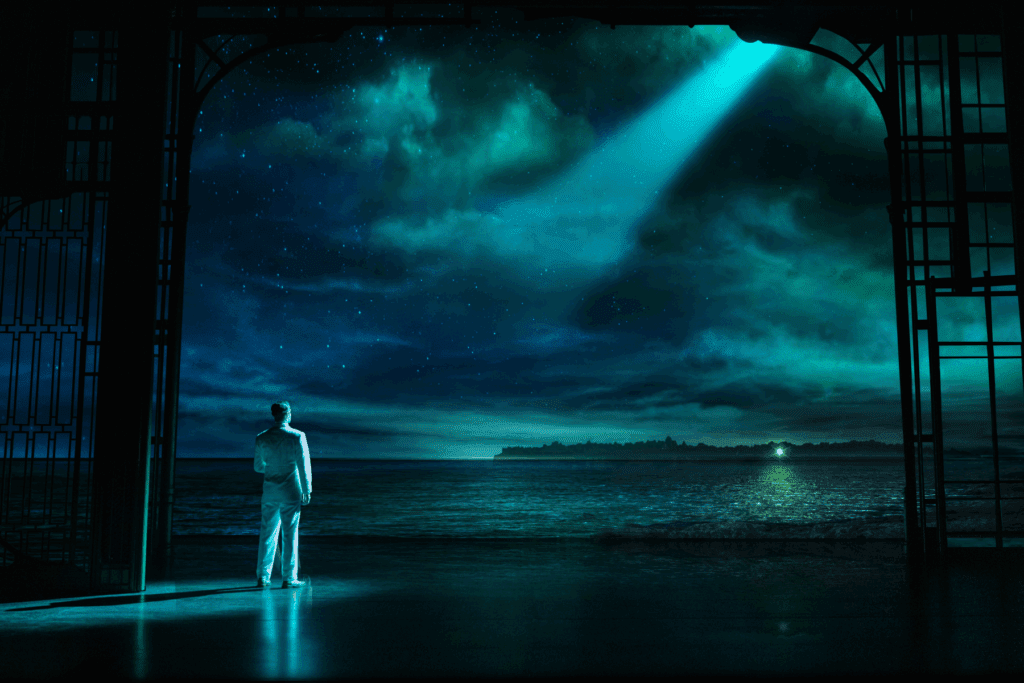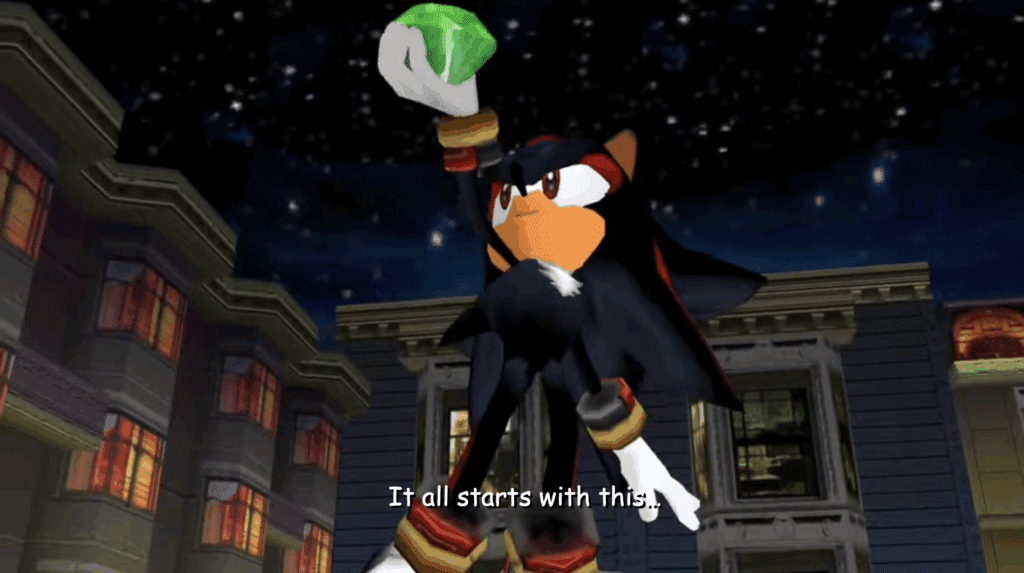PRELIM 8: Evolving Annotated Bibliography
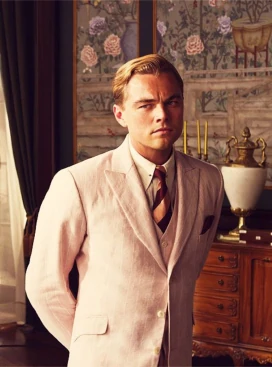
F. Scott Fitzgerald’s The Great Gatsby is a glittering novel often praised for its dazzling prose and tragic romance. There is a lot more than what meets the eye however. Underneath its glamour, iconic symbolism, alluring imagery, and its ability to transport its reader to a world soaked with champagne and painted with endless celebrations, is a world full of disillusionment, pain, and trauma. This chasm of despair that is shrouded under the unassuming cloak of The Great Gatsby has been a topic discussed and extensively researched by many scholars. As I have been researching these underlying, silent themes and forces of the novel, here are some three insightful articles that offer fascinating insights into the world of Gatsby.
The Great War Beneath the Surface: Trauma & Silence in Gatsby’s World
“The Great Gatsby and the Suppression of War Experience” by T.S. Licari (2019)
Licari poses a thought-provoking question. What if The Great Gatsby isn’t just about love and drama? What if it’s about war and trauma?
T.S. Licari argues that The Great Gatsby quietly, yet powerfully, is crafted around the repressed psychological scars left on the men who fought in World War I. Both Gatsby and Nick are stated to be veterans of the Great War (WWI—society had no idea that it was only the first round of two), but their service is handled in a skittish manner. It gets glossed over in favor of the central conflict. Additionally, Licari draws attention towards the lyrical and poetic writing style and how it serves as a form of evasiveness; that could be interpreted as the narrator’s, Nick Carraway, symptoms of emotional and traumatic suppression being reflected in his personal account of the events of the summer of 1925.
Most notable of all that sticks out in my opinion, is how Nick describes himself as “restless” at the beginning of the novel. The full context of the line is, “I participated in that delayed Teutonic migration known as the Great War. I enjoyed the counter-raid so thoroughly that I came back restless.” If that isn’t a cry for help or a distraction from facing what happened in the Great War, I don’t know what is.
Gatsby the Romantic Hero? Meet His Literary Twin, Lord Jim
“Of Great Gabasidy” by Jessica Martell & Zackary Vernon (2015)
So, it turns out that perhaps Gatsby was inspired by something that preceded him. Oh my. A classic drawing on a classic? Who would’ve thought?
Martell and Vernon compare Gatsby to Conrad’s Jim: both are dreamers clinging to an intangible romantic ideal. For Gatsby, it’s his “unfinished” love story with Daisy before it got interrupted by unshakeable forces. For Jim, he was crushed by the existence of a world that no longer believes in heroism. In this way, both Gatsby and Jim are defined by their past failures and unrealistic futures. They reinvent themselves after failure, they construct their future under the direction of hopeless idealism, and their narrators, Nick and Marlow, share similarities too. They’re both watching their tragic heroes with a mix of awe and skepticism.
Perhaps the most compelling parallel and insight overall is that Jim and Gatsby fit the concept of Kenneth Bruffee’s concept of “elegiac romance” which is also Tracy Seely’s “modernist romance.” In layman’s terms, an “elegiac romance” or “modernist romance” is where the hero is already lost and remembered through a mourning narrator. Nick and Marlow don’t just share the stories of Gatsby and Marlow, they memorialize them, eulogize them, and most notably of all: they wrestle with what their failed quests mean.
For The Great Gatsby and Nick Carraway, Gatsby is treated like a beautiful, fragile relic. He’s a doomed knight in modern clothes.
This comparison shows why Gatsby’s (and Jim’s!) stories are timeless. They’re chasing ideals rooted in a past with no place in the present or the future. He’s not just chasing Daisy. He’s chasing a previous state of self that was left behind in a world that no longer exists.
Melancholia in a Pink Suit
“Mourning and Melancholia in The Great Gatsby” Adam Wolfsdorf (2019)
Wolfsdorf brings Freud into the mix (controversial guy to bring to the table, I know) to argue that Gatsby suffers from melancholia. Melancholia is a pathological form of grief in which the sufferer cannot let go of a lost love object. Hmm, sounds familiar…
According to Freud’s theory surrounding melancholia and its function in Wolfsdorf’s argument, Gatsby isn’t actually mourning Daisy; he’s psychologically imprisoned by an idealized version of her that never really existed.
How can we prove that? There’s actually an iconic significant moment from the novel itself that offers a good foundation for this assertion. It’s Gatsby’s iconic quote of, “Can’t repeat the past? Why of course you can!” Wolfsdorf sees this as the observable manifestation of Gatsby’s melancholic fantasy; we can see that his obsession doesn’t allow room for healing. His dream isn’t just romantic. It’s compulsive, delusional, and tragic due to its self-destructive nature. I mean, he dies as a result of his pursuit while still engaging in melancholia by waiting on a phone call from Daisy. I think the question then becomes, “Will Gatsby be set free from his melancholia by Daisy calling him? Or will that just add an extra set of bars?”
But the reality is that Daisy never called him. She never intended to.
But here is what she did do.
Daisy turned to Gatsby and said, “I did love him once—but I loved you too.” This shatters Gatsby’s melancholic fantasy. She confirmed his deepest subconscious fear: his dream was never whole and never meant to be. The bullet didn’t kill Gatsby. It was Daisy.
Bibliography
Licari, T.S. “The Great Gatsby and the Suppression of War Experience.” The F. Scott Fitzgerald Review, vol. 17, no. 1, 2019, pp. 207-232. Penn State University Press, https://www.jstor.org/stable/10.5325/fscotfitzrevi.17.1.0207
Martell, Jessica, and Vernon. “‘Of Great Gabasidy’: Joseph Conrad’s Lord Jim and F. Scott Fitzgerald’s The Great Gatsby.” Journal of Modern Literature, vol. 38, no. 3, Spring 2015, pp. 56-70. Indiana University Press, https://www.jstor.org/stable/10.2979/jmodelite.38.3.56
Wolfsdorf, Adam. “Mourning and Melancholia in The Great Gatsby.” The F. Scott Fitzgerald Review, vol. 17, no. 1, 2019, pp. 233-247. Penn State University Press, https://www.jstor.org/stable/10.5325/fscotfitzrevi.17.1.0233

